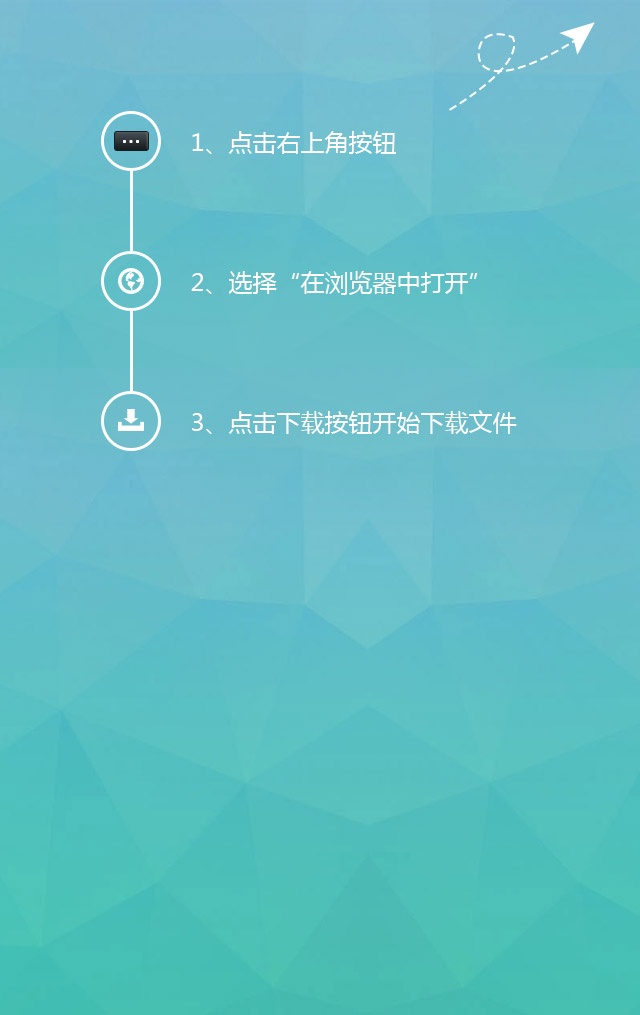Groundwater detection
Ground water refers to the water that occurs in the rock voids below the ground, and in a narrow sense refers to the water in the saturated aquifer below the ground water surface. In the national standard "Hydrogeology Terminology" (GB/T 14157-93), groundwater refers to various forms of gravity water buried below the surface.
Foreign scholars believe that there are three definitions of groundwater: one refers to all the water buried in groundwater that is significantly different from surface water, especially the part of the water in the saturated zone in the aquifer; the other refers to downward flow or penetration, causing soil and rock It is saturated and replenishes the water of springs and wells; the third is the water stored in the rock cavities underground and in the voids that make up the crustal material.
Groundwater is an important part of water resources. Because of its stable water quantity and good water quality, it is one of the important water sources for agricultural irrigation, mining, and cities. However, under certain conditions, changes in groundwater can also cause unfavorable natural phenomena such as swamping, salinization, landslides, and land subsidence.
Groundwater monitoring is the monitoring of groundwater level, water quality and other data within its jurisdiction by the groundwater monitoring management department in order to grasp the dynamic changes in time and protect the groundwater for a long time.
With reference to the highest water quality requirements for drinking water, industrial and agricultural water, the quality of groundwater testing is divided into five categories.
Class I: Mainly reflect the natural low background content of the chemical components of groundwater. Suitable for various purposes.
Class II: Mainly reflects the natural background content of the chemical components of groundwater. Suitable for various purposes.
Class III: Based on human health benchmark values. Mainly suitable for centralized drinking water sources and industrial and agricultural water.
Category IV: Based on agricultural and industrial water requirements. In addition to being suitable for agricultural and part industrial water, it can be used as drinking water after proper treatment.
Category V: Not suitable for drinking, other water can be selected according to the purpose of use
Groundwater detection (monitoring) project
Required test items: PH, total hardness, total dissolved solids, ammonia nitrogen, nitrate nitrogen, nitrite nitrogen, volatile phenol, total cyanide, high chair acid salt index, fluoride, god, mercury, cadmium, hexavalent Aluminum, iron, pickaxe, coliform.
Optional test items: color, smell and taste, turbidity, hydride, sulfate, bicarbonate, petroleum, total number of bacteria, selenium, plating, fetters, BHC, DDT, total a radioactivity, total 8 radioactivity, Lead, copper, zinc, Yin Wanzi surfactants.
Which industries need to do groundwater monitoring?
1. Companies that need to do EIA testing
2. Companies that need on-site inspections
3. Daily government supervision
4. Environmental Impact Assessment
推荐
-

-

QQ空间
-

新浪微博
-

人人网
-

豆瓣






